I actually waited quite a while to get this racket. In forums, budget-conscious players often seek advice on such overlooked rackets, so I also keep an eye out for these to challenge myself. This is the second model in the “What more do you need for 100 yuan” series, the Xunfeng K520. It’s worth mentioning that its resale value in the second-hand market is significantly better than the previous Kason B110.

Specifications: 4UG5, with an additional grip tape, total weight 94g, balance point 284mm, middle shaft length 215mm, soft adjustment, 9-3 o’clock string grooves, standard-sized T-head with transition fluid box frame, string tension 24lbs with Yinghua 101GT.
In terms of appearance, I quite like both color schemes of the K520, especially the white one. A white racket can hide many imperfections, and it is also used by many beginner players. Overall, apart from some gold lines and patterns, there are no excessive decorations. Although it looks a bit flashy up close, it still appears clean from a distance. Compared to the similarly white Yu 1XL, its plastic feel is less pronounced.
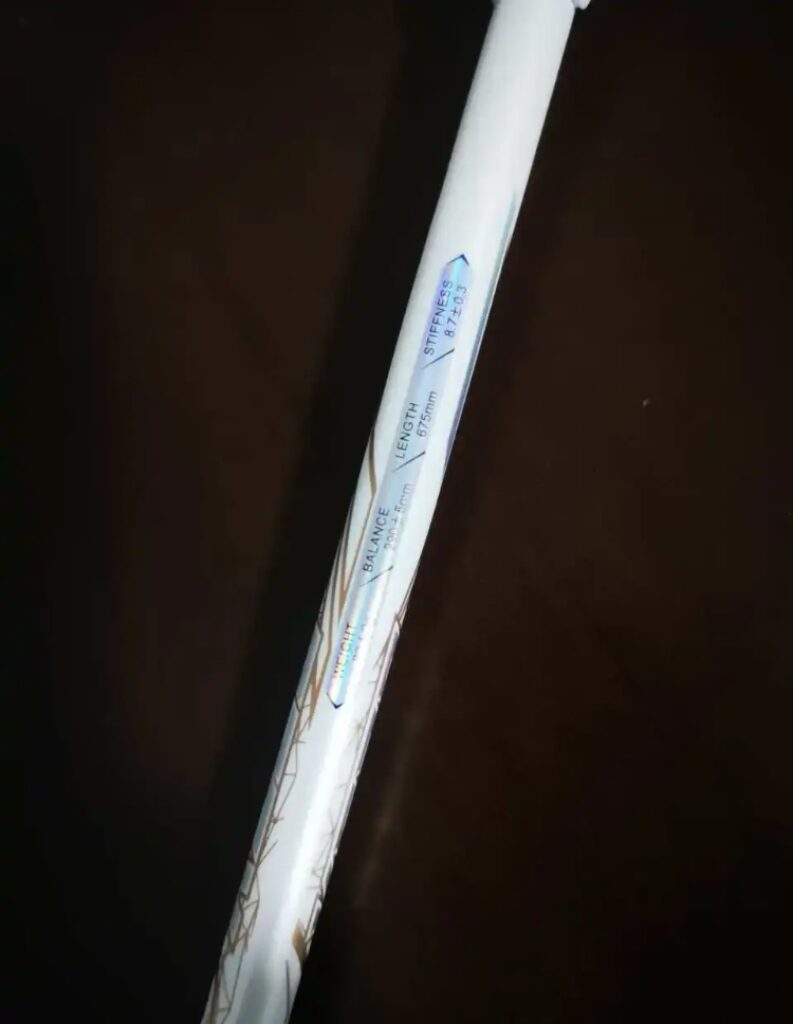
Despite the 284mm balance point, swinging the racket doesn’t feel as sharp and nimble as the 9001 or HX800 LTD C. This made me question the mystical relationship between balance point and swing weight. However, the K520 still has a slight edge over the B110 in swing speed, although the latter cleverly narrows the frame to achieve this. There’s still a somewhat mystical plastic feel due to the shaft’s quality and hardness.
Due to string tension loss, the racket feels less responsive for high clears and defensive shots. Nevertheless, the shaft is very easy to drive, and the balanced design makes the power transfer relatively smooth. I believe replacing the strings with new ones would improve performance significantly. At least during warm-ups and prolonged rallies, this low-end racket with a long, soft shaft allows less experienced users to maintain their level of play for a longer period without fatigue. However, the control of shot placement is quite vague, with angle and distance control being average for this price range, roughly equivalent to an ultra-light black racket.
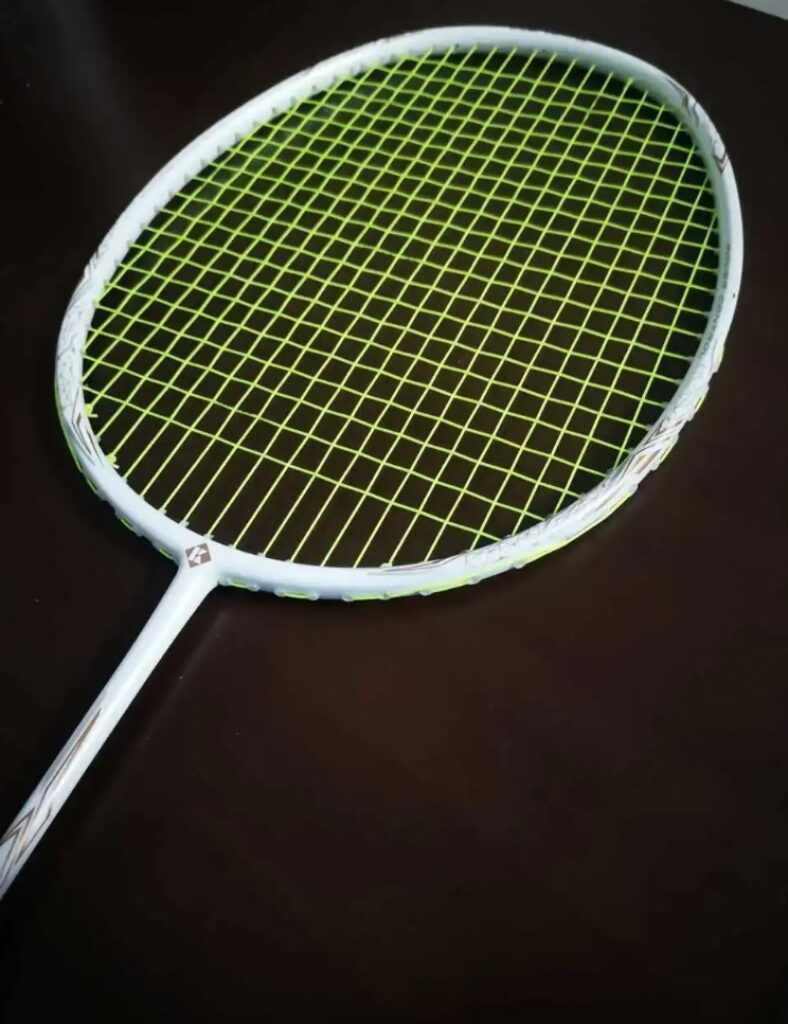
I was surprised that a racket with such a low balance point could still provide a good downward force during attacks. The feedback from the string bed after hitting the shuttle is noticeable, and it does make the shuttle follow a low, descending trajectory. Although the speed of smashes is greatly hindered by string tension loss and the soft shaft, it still feels like an attacking racket. The shaft’s upper limit is quite low, failing to provide the necessary explosive power for high-pressure shots. However, its low entry threshold means that even slight force can cause deformation, which can help beginners understand the mechanics of force application.
The large frame, big sweet spot, and slightly soft hitting feel are also beneficial for executing precise techniques. While it doesn’t put enough pressure on the opponent’s backcourt or provide enough defensive pressure, the K520’s good maneuverability can put net pressure on the opponent. It can create psychological pressure with its slow-drop shots from mid to backcourt opportunities. Although its attacking quality is low, this somewhat sneaky shot pattern fits well with the K520 until the opponent becomes accustomed to it.
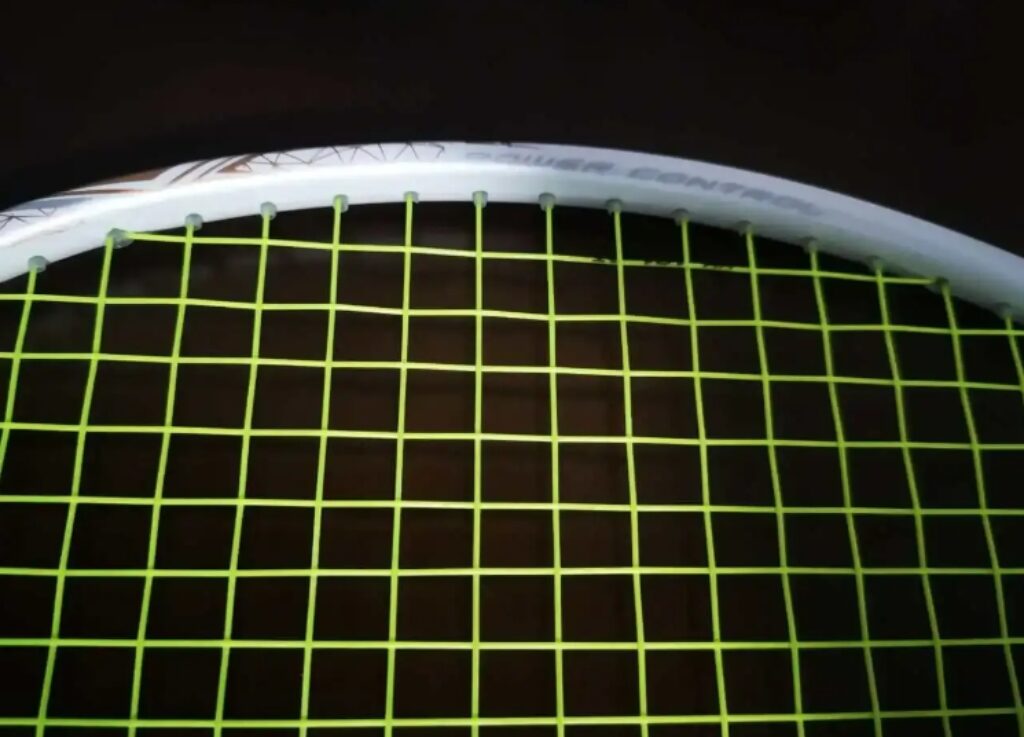
Compared to high-elasticity strings, I recommend using strings with good tension retention for this racket, as users at this price range are likely to be sensitive to string replacement costs. The racket’s inherent instability will be further exacerbated by string tension loss. During my trial, even though I quickly understood the racket’s true nature, I still had to apply a bit more force when making precise shots to avoid hitting the net.
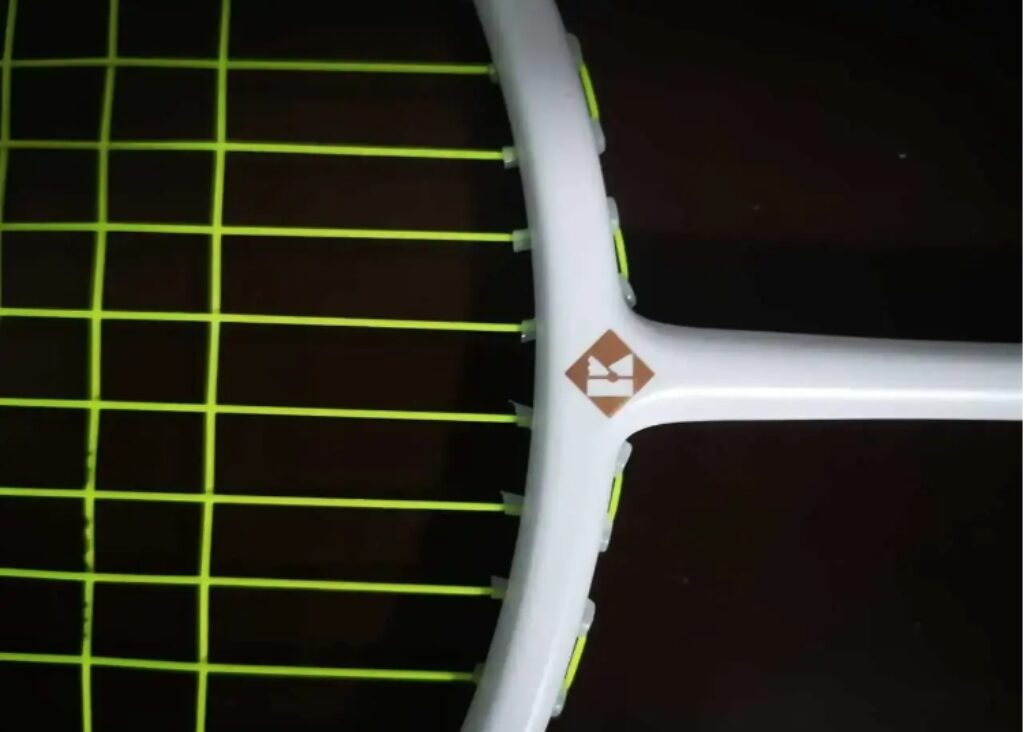
Lately, I’ve encountered many versatile rackets, so trying an entry-level racket is a nice change. Xunfeng has been criticized for quality control and marketing reasons, and I suspect that its competitive products don’t align with the forum’s primary audience. Nevertheless, Xunfeng’s training rackets and extremely lightweight models still offer some interesting features. Since they haven’t given up on developing rackets for most amateur players, I’m willing to be patient with them.
In summary, the K520, as an entry-level product at the lowest price point, still has its merits. It’s more suited for loaning out, casual play, training for beginners to develop proper technique and feel, or leisurely games. The suggested retail price is indeed ridiculous (like old subway phones), but for a bit over 100 yuan, it’s already satisfactory.
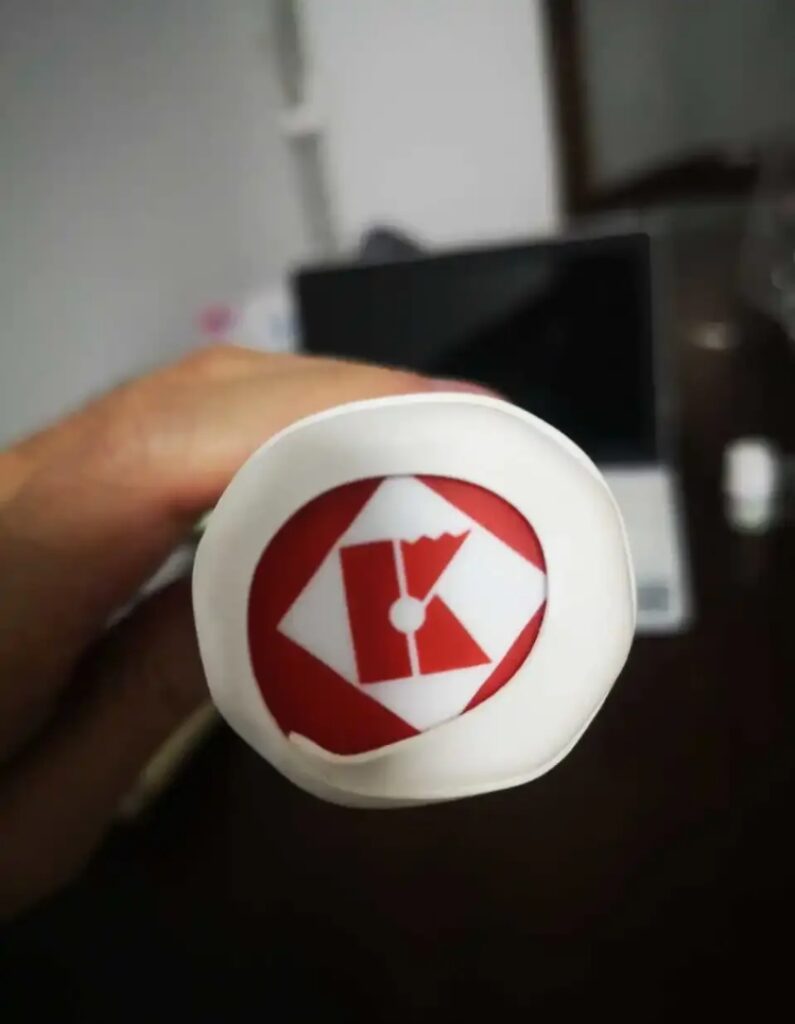
Leave a Reply